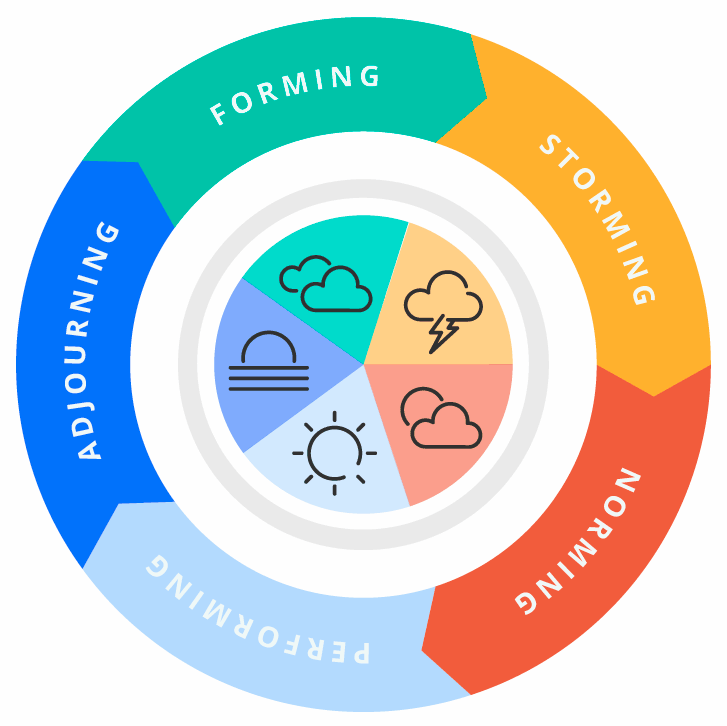Meeting Date
- The ToIP Trust Registry Task Force (TRTF) meets weekly twice every Thursday at the following times (to cover global time zones - see the Calendar of ToIP Meetings for full meeting info including Zoom links):
- NA/EU 07:00-8:00 PT / 15:00-16:00 UTC
- APAC 18:00-19:00 PT / 02:00-03:00 UTC
Zoom Meeting Link / Recording
- NA/EU MEETING: https://zoom.us/rec/share/njXDDlKTpcg_q0v6YjnFQY10nhzOJ0y_v6T-3f2ZJLDFFpgtv3WnYbFBl_-W44lk.pmsIQc2ajNSglNcZ
- APAC MEETING: https://zoom.us/rec/j/92238278364?pwd=bXJoNzltMDJFdWZKWnovUG5MZk0rUT09share/5213kaMfPF7Td8c_OaMx5-Hlz6dkrQT3rm3UYbkVKMOTq1qynPaHLYIcerdqexOC.MspIYGQb5flnFRDd
(These links will be replaced with a link to the recording of the meeting as soon as that is available)
...
| Time | Agenda Item | Lead | Notes |
| 5 min |
| Chairs |
|
Step back:
| |||
| 55 mins | Scoping discussion | Darrell O'Donnell Intention of TR Protocol is really about making decision on issuers & verifiers & DIDs involved. Trust Registry Protocol scope is clearer & what is the bigger trust decision scoping. Tim Bouma we may have been mixing trust decision as a process & as an input. Simple model but needs to support different upstream models. Can't delegate accountability, but we can delegate responsibility. Antti Kettunen draw notice into discussion https://github.com/trustoverip/tswg-trust-registry-tf/discussions/61 and the Trust Task & Trust Spanning relationship. Trust Decision as a Trust Task is an abstraction from Trust Registry, because there may be other sources and inputs for the trust decision than the registry. Scott Perry advocate that we don't go into domain of trust decision. We need to create a range of values or inputs where governance authorities can make trust paths in their contexts. We can't allow the process to make the decision. We need to provide inputs that ecosystems can take and use in the trust process they're making. What are the variables that help gov authorities and interoperability agents. Drummond Reed lots of discussion going to happen in the TSTF. Trust Decision should be out of scope from us. Trust Decisions can have hundreds or thousands of inputs. Some may not even have anything to do with ToIP. It's critical that we provide inputs but not actually make the trust tasks. Trust Registry Protocol is to obtain SOME of the inputs for the trust decision to happen. Daniel Bachenheimer in biometrics world we have probabilistic matching and machine makes a trust decisions, which are inputs to human decision. It's up to us to define the technological inputs to human trust. Trust decision rules may be very different for each context / query. Andor how does one get the inputs to make the trust decision. Essentially the Trust Decision defines the context and input requirements (e.g. from trust registry) Steve McCown we're using trust in different ways. Trust doesn't imply that a certified doctor is a good doctor. It all depends on the questions we ask. To keep in mind what it is that we're embodying. Antti Kettunen tried to summarize some key points: 1) Terminology & glossary needs work. We need to define all key terminology before moving forward to avoid confusion 2) Trust Decision is not about the decision per se, but about giving the decision maker tools and ability to define context & input requirements to make that decision (Maybe "Trust Decision Support" then?) 3) Trust Registry as one type of input for the trust decision. Others may be things like direct authorization challenge, additional credential request, etc. | |
| (APAC) Key Attestation |
| ||
| 5 mins |
| Chairs | Drummond Reed We need really precise definitions of both of those terms (“verification” and “validity”) as we move forward with this task force (and for the ToIP stack as a whole). Concepts & Terminology brings tools and process to TRTF to help defining the terminology. |
...
